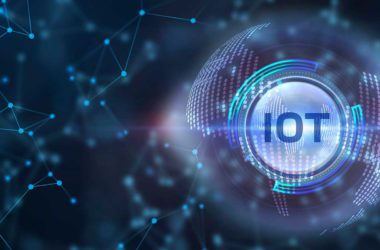The number of people living in cities worldwide has increased nearly six-fold since 1950, from 751 million to 4.2 billion in 2018. It brings a lot of challenges to properly manage urban areas with a more dense population. The solution is making cities smart.
It might seem like an idea of the future, but the truth is that they are starting to be incorporated already, thanks to the Internet of Things (IoT) solutions and other innovations. What technologies do smart cities use, and will they expand rapidly? Read on to find out.
What are smart cities?
Smart cities, also known as digital cities, intelligent cities, and wired cities, are technologically modern urban areas that gather electronic data from residents, assets, and devices in order to manage available resources more effectively.
The main purpose of a smart city is to optimise and promote more economical and sustainable growth. At the same time, it improves the quality of citizens’ lives by using smart technologies and data analysis. For example, by making city services more accessible, including online portals for transactions, providing free public Wi-Fi, real-time information and services and events possible to view in mobile apps.
According to Statista, by 2025, it is expected that smart city infrastructure will provide more than 40% of all smart city income worldwide.
Smart cities technologies
Information and communication technology (ICT) is utilised in smart cities to enhance operational efficiency, communicate knowledge to the public, and enhance the standard of public services and citizen welfare. Smart cities are connected through many software, communication and interface networks. The most popular technology for properly functioning digital cities is IoT, as it allows for communication and data exchange between devices.
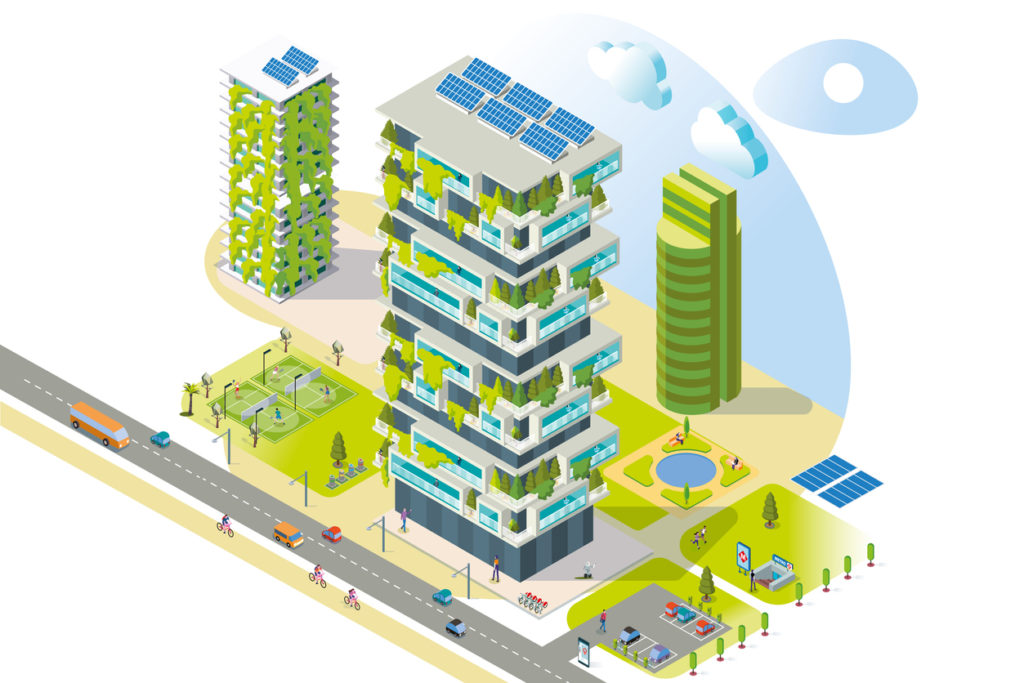
Other popular technologies used in smart cities:
- Artificial Intelligence (AI)
- Cloud computing services
- Machine learning
- Machine-to-machine communication
- Application Programming Interfaces (APIs)
- Mesh networks, e.g. Wi-SUN
- Dashboards
The usage of technological solutions in European smart cities is incorporated ‘to improve the management and efficiency of the urban environment’.
IoT in smart cities
As mentioned earlier, the smart city concept is based on the incorporation of Internet of Things technology, meaning smart cities and IoT are inseparable. IoT devices, such as sensors and cameras, allow for collecting data on various aspects of residents’ life.
In wired cities, everything is interconnected, from cars, buildings, and home appliances to sensors and smart grid technology that allows for the distribution of electricity, improved integration of energy sources and improved management systems. Furthermore, citizens can engage with smart cities using their smartphones or connected cars or homes. Pairing devices and data improves sustainability and cuts costs so not only the residents benefit but also the environment.
Smart city and sustainability
With the use of the IoT, communities can distribute energy more efficiently, streamline the waste collection, relieve traffic congestion, and enhance air quality. For example, sensors may be attached to rubbish bins to track how full they are and more effectively schedule disposal. Another example can be the use of sensors connected to traffic lights to decrease road congestion. The data from sensors and moving vehicles allow for changing the timing and cadence of their lights in response to traffic in real time.
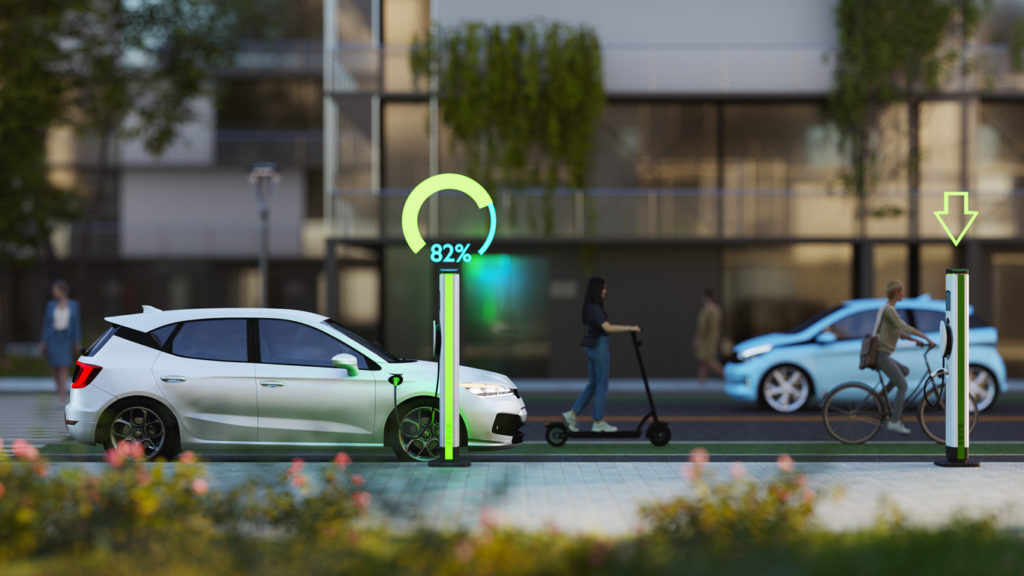
The aspect of a sustainable environment is key for popularising the smart cities concept. Incorporation of energy sources and efficient transportation systems, like EV vehicles or bike-sharing programs are some of the examples that boost sustainable mobility. Data acquired from these devices are kept on servers or in the cloud to increase the efficiency of the public and private sectors, improve citizen lives, and bring about economic benefits.
Smart city challenges
The development of smart cities offers a viable way to enhance urban living standards. Smart cities have the power to influence urban life in the future by streamlining city operations, minimising environmental impact, and improving the quality of life for citizens.
However, smart city development is not without its difficulties. The biggest concerns are privacy and security issues, especially when gathering and analysing massive volumes of data. Additionally, not all towns have the financial capacity to invest in these projects due to the high costs associated with deploying and maintaining smart city technologies.
Another challenge is the government agreements to encourage widespread citizen participation. Additionally, in order for everyone to positively impact the neighbourhood, the private and public sectors must cooperate with locals.
It is also a test for IoT devices, with dozens or possibly millions of connected devices needing to communicate and cooperate with it.
Incorporation of edge & cloud computing
To overcome some of the challenges pointed out above, connectivity has to be on a high-level with the usage of some proven devices. Luckily, there are some brands that support the development of smart cities and provide solutions.
For example, to improve security, a popular solution is the usage of edge computing by many IoT devices. It guarantees that only the most pertinent and significant data is provided through the communication network. Besides, a security system is also put in place to safeguard, keep track of and regulate the data transmission from the smart city network and stop unauthorised access to the IoT network of the city’s data platform.
Seeed studio environmental monitoring architecture
Seeed studio focuses on improving environmental monitoring by offering dependable edge computing solutions to system integrators and service providers. Their mission is to create and deliver the best-in-class solutions and services to equip industries like Industry 4.0, infrastructure, smart cities, smart agriculture, and others with edge computing capacity. This includes everything from human-machine interfaces (HMI) to edge computing servers.
If you are looking for a next-gen modular computer, the Odyssey Blue J4125 is a quad-core 2.0GHz CPU with 2.7GHz bursts that is based on the Intel Celeron J4125. Additionally, there is a built-in ATSAMD21 Core, an ARM Cortex-M0+ MCU that enables Arduino programming on an x86 platform.
Another product from Seeed Studio is the reServer, based on an ODYSSEY X86 v2 board, which offers strong CPU and AI performance for a variety of applications. It supports 5G, LoRa, BLE, and Wi-Fi hybrid connections and includes two fast 2.5-Gigabit Ethernet ports. Compact design allows reServer to operate effectively in practically any situation. The tidy design of the reServer also makes it easy to access the PCIe slots, memory, and hard drives for quick installation, maintenance, and upgrades.
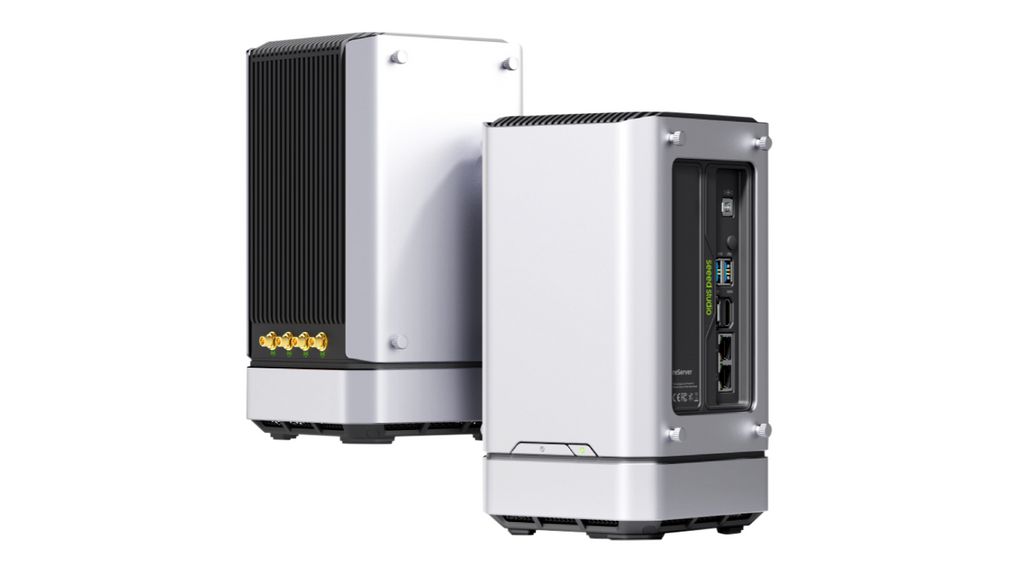
Phoenix Contact digitization
Phoenix Contact is helping to systematically transform metropolitan areas into smart cities, thanks to its highly integrated and networked information and communication technology. Phoenix Contact is creating products with AI features to genuinely enhance life.
For example, with Phoenix Contact smart city box, you can collect sensor data and wireless data transmission. The box can be easily integrated into municipal data centres or other IoT platforms thanks to open system architectures.
Also, PLCnext control devices that can be part of the ecosystem’s hardware allow for the anonymous transmission of the processed picture data in the cloud. On a long-term basis, this will make it possible to optimise the city’s traffic flow with optical sensor technologies that, for example, can help count vehicles.
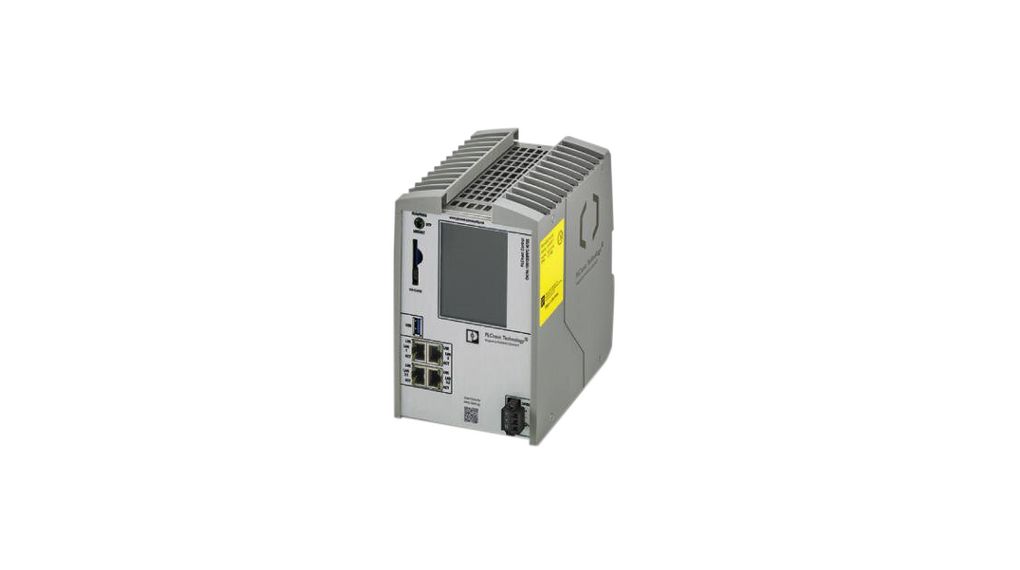
Furthermore, in the topic of citizens’ safety, solutions, like remote maintenance in industrial remote communication, will be key in smart cities. With the use of Internet technology, urban areas will be able to be monitored through connected devices and systems from any location at any time. Read more about safety in our article on ‘AI and Machine Learning in Cybersecurity and Industrial Security’.
FAQs
By utilising smart technologies and data analysis, a smart city aims to improve citizen quality of life, optimise city operations, and foster economic growth. Instead of just how much technology is accessible, the value is in how it is used.
Although there are some challenges and downsides to the smart city concept, it is becoming more popular, and as per The World Bank, 56% of the world’s population now resides in cities. By 2050, approximately 7 out of 10 people will live in cities, with the urban population predicted to more than double its current level. It means that more cities will be developing and, at the same time, growing.
Cities of all sizes can become ‘smart’ as all communities have the capacity to gather and use data from intelligent sensors for optimising municipal operations and public safety. All cities use sensors, including traffic lights, CCTV security cameras, street lighting, and even pollution detectors, to gather data about what is happening in the city.
For data collection and analysis, smart cities use IoT devices such as connected sensors, lights, and meters. Some of the technologies are AI, cloud computing, machine learning, etc. The cities use these technologies to gather information to enhance infrastructure, public utilities, and services, among other things.
According to the World Happiness Report, residents of urban cities are happier, healthier, more optimistic, and more educated than rural residents, who tend to have lower levels of well-being as a whole.
As per The World Bank, cities are more prone to pandemics, climate change and disasters as densely populated areas and rapidly urbanising as more than 70% of greenhouse gas emissions and two-thirds of all energy use worldwide are accounted for by this sector. Therefore, the incorporation of smart cities is crucial to measure the impact on climate and improve living.
According to the 2021 Smart City Index, Singapore, Zurich, and Oslo are the best smart cities. Residents there can benefit from an urban environment that uses technology to increase the advantages and lessen the drawbacks of urbanisation, offering access to better air quality, health services, etc.










